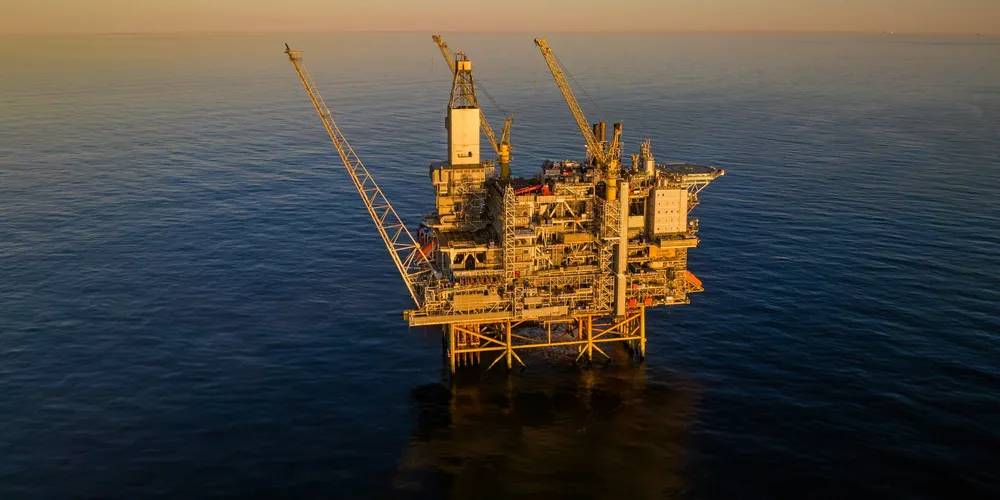Floating wind takes the back seat as Equinor hits the brakes on electrification
Oil giant says costs are too high to continue electrification of Tampen and Halten projects

Norwegian oil giant Equinor has reportedly suspended two of its three electrification projects for oil and gas production due to high costs of electrification.
Powering offshore production platforms with electricity, either from Norway's hydro-dominated onshore grid or from offshore wind power, has been described as key to Equinor's ambitions of halving its net emissions by 2030, compared with 2005 levels.
Equinor has already been a pioneer in deploying floating offshore wind and the company's 88MW Hywind Tampen project, featuring spar foundation technology, is currently the largest floating wind farm in operation in the world.
The pioneering Hywind Tampen floating wind project already provides about 25% of the electricity consumed on the Snorre and Gullfaks oil and gas fields, with the rest provided by gas-fired turbines.
Equinor is currently participating in a tender offering government support to develop a grid-connected floating offshore wind farm in the Utsira Nord area, but company appears to be retreating from the electrification of oil platforms.
Of the three oil and gas electrification projects in which Equinor was actively engaged — including the Tampen area and Balder & Grane fields in the North Sea, as well as the Halten area in the Norwegian Sea —two of them have now been dropped altogether.
"We have recommended stopping the electrification of Haltenbanken and Tampen because costs will be too high," Equinor's head of exploration and production in Norway Kjetil Hove told Norway's E24 website, explaining that this change of plans would include the Snorre A and B platforms in the North Sea.
In a letter to Norway's energy ministry, cited by E24, Equinor described electrification costs as "unacceptable" and also referred to uncertainty about the political will to implement such measures.
Although connecting oil platforms to the onshore grid can drastically reduce emissions from a power intensive industry, a debate has been raging in Norway about the broader impacts that electrification of oil and gas production can have on electricity prices paid by consumers.
Hove said the Grane-Balder electrification project would go ahead because it had stronger economic drivers in terms of powering the pressurisation of reservoirs that boosts oil and gas production.
Backwards step
In its 2024 Annual Report, Equinor said that in 2024 it achieved a year-on-year reduction of 5% in absolute Scope 1 and 2 operated greenhouse gas emissions and a 34% reduction from its 2015 baseline, progressing toward our 2030 ambition of a 50% net reduction."
Equinor said then that key drivers for the reduction included grid-fed electrification of North Sea facilities, such as Sleipner, Snohvit, Troll B and C, and Gina Krog.
The report mentioned that the ramp-up of the Hywind Tampen offshore wind farm, which provides some of the power to the Snorre and Gullfaks oil and gas fields, had made a contribution to this reduction.
Earlier this month, Equinor responded to a Norwegian government consultation on future offshore wind areas with the opinion that 500MW floating offshore wind farms are too small to be cost-effective in the long run.
Equinor was approached for comment on the reported plans to scale back on electrification of offshore oil and gas production.
(Copyright)